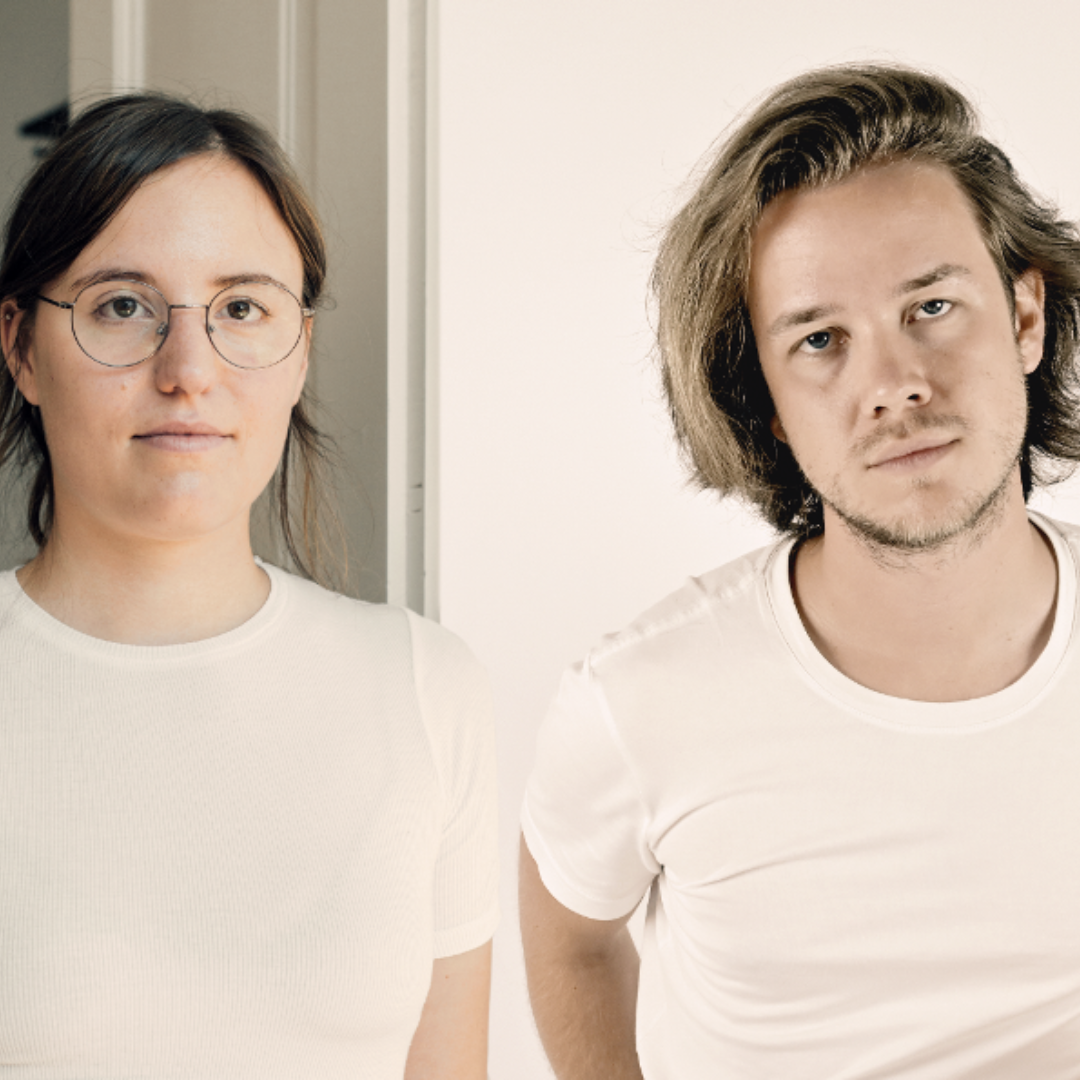Loop Chair
DESIGN: Wojciech Błaszczyk, Marina Lewandowska (Sedno Studio)
Poland
make me! 2020
Inspiration
The technique of making a traditional kimono involves cutting the material into straight pieces and sewing them together. Traditionally the garment is made from one roll of cloth, which means there is no waste of fabric. Japanese kimono is characterised by overlapping layers — only when all elements overlap the garment is considered to be complete. The typical male garment has subdued, dark colours: black, dark greens and shades of blue, sometimes brown. Matte fabrics dominate, and garments used for less formal occasions are generally made of linen or cotton.
Description
The furniture Loop Chair is inspired by the Japanese design culture, transparency and form reduced to the absolute minimum. The wooden construction is lightweight and at the same time durable. The seat and backrests are made up of two straps sewn in layers, interlaced perpendicularly, making a reference to the idea of kimono. The individual parts are stitched and filled resembling a traditional Japanese futon — with a carded cotton filling. The materials used are natural and the production is economic.
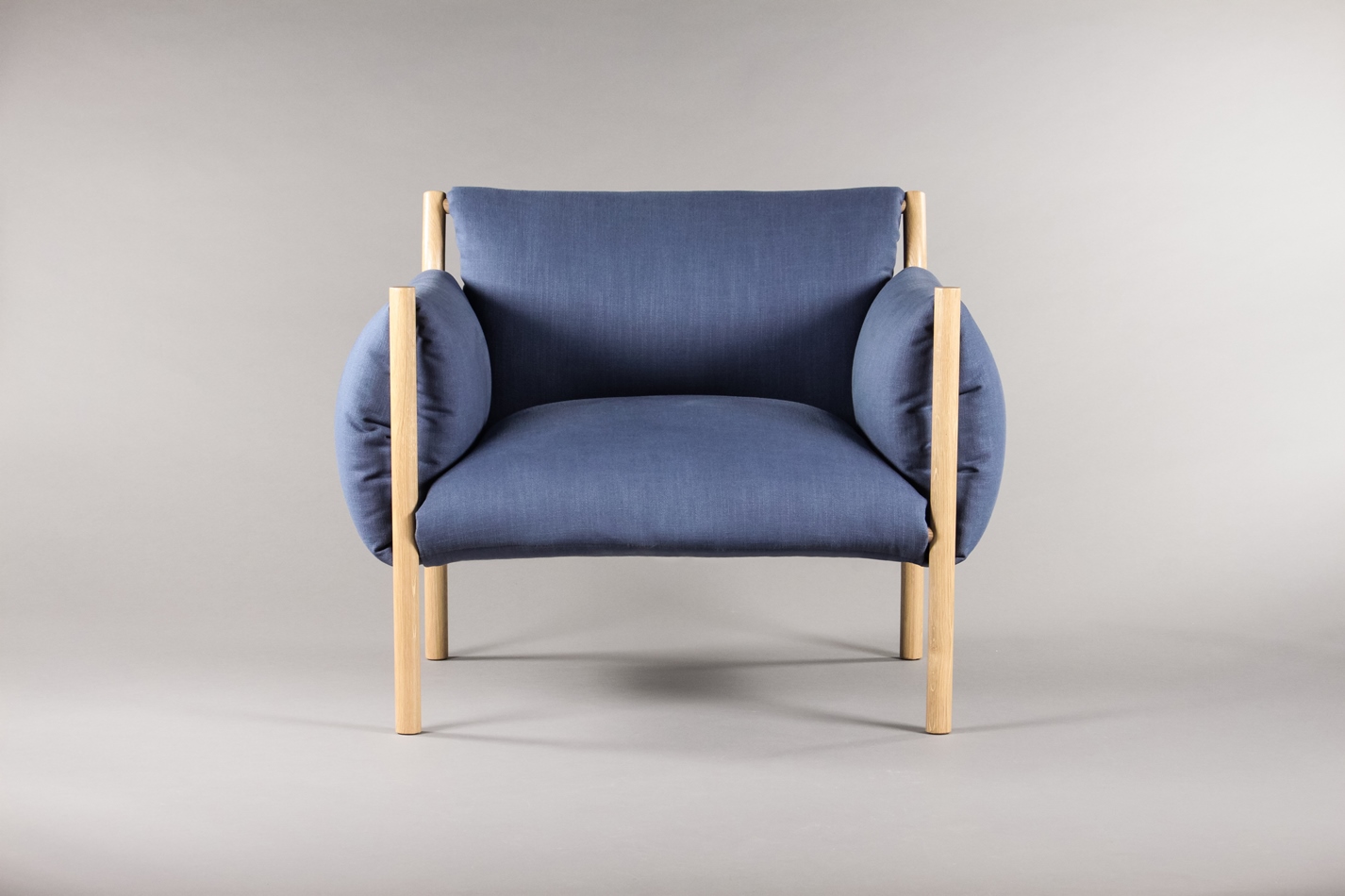
Loop Chair, design: Wojciech Błaszczyk, Marina Lewandowska (Sedno Studio) / from designer’s archive
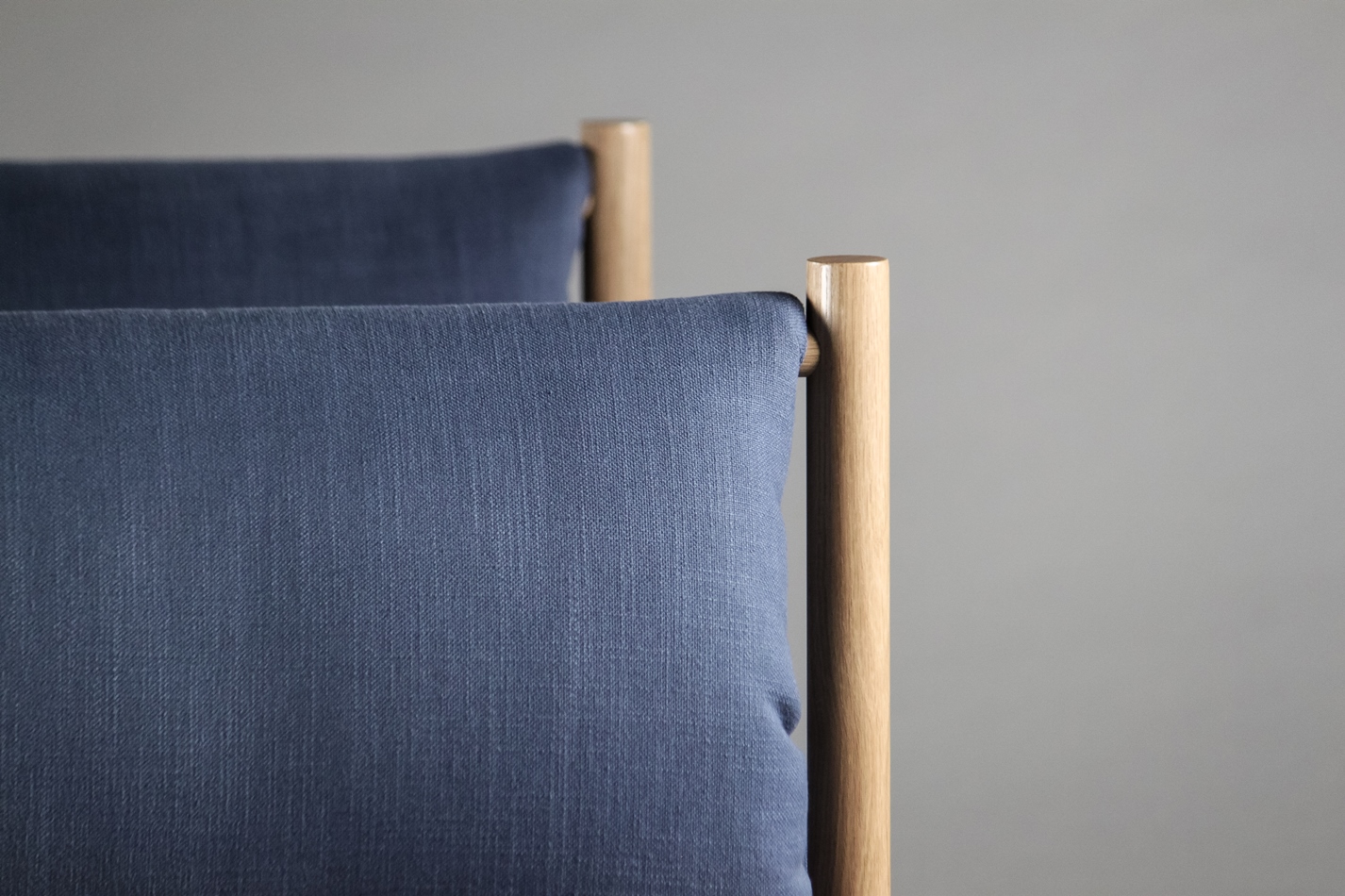
Loop Chair, design: Wojciech Błaszczyk, Marina Lewandowska (Sedno Studio) / from designer’s archive
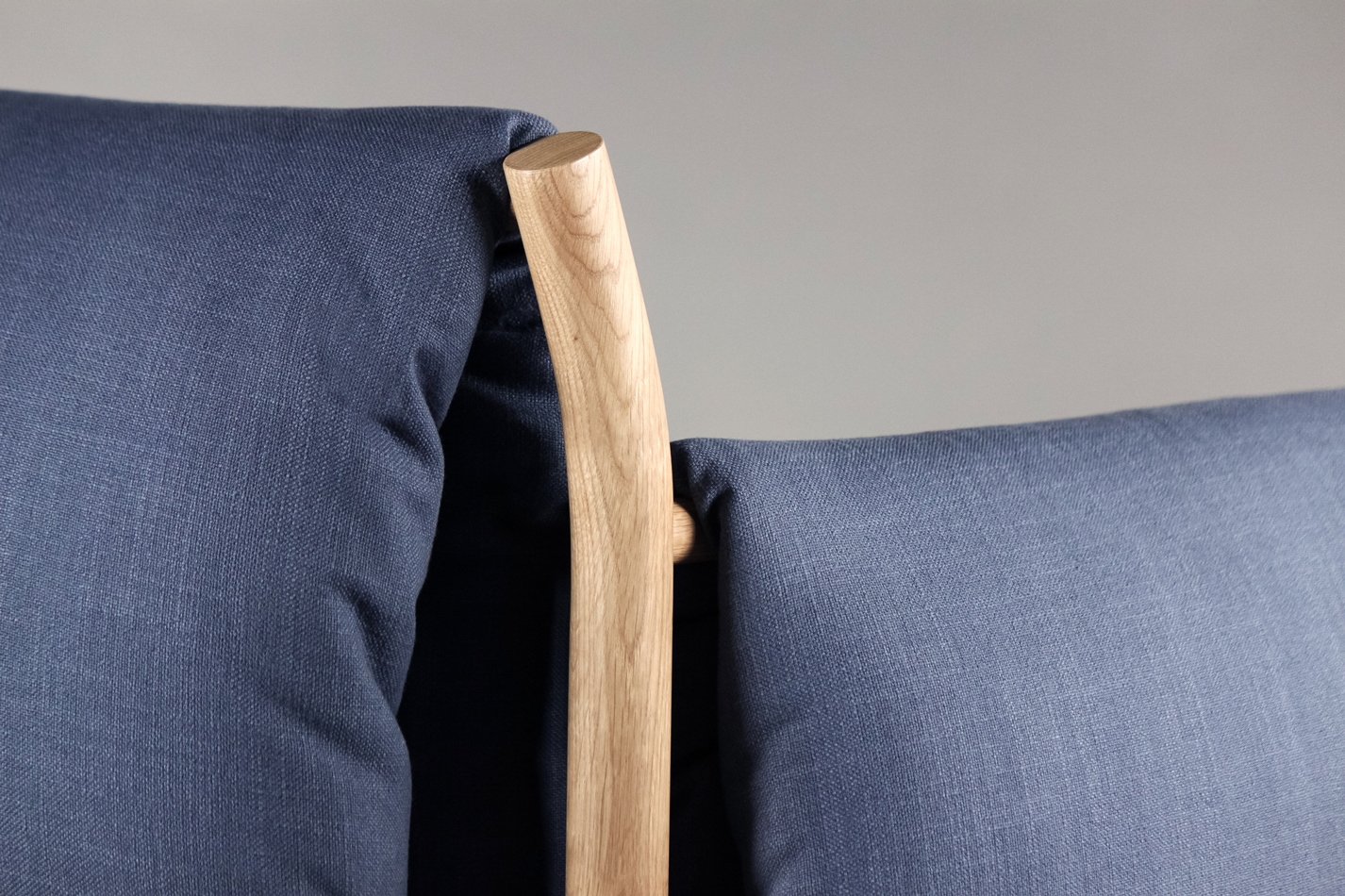
Loop Chair, design: Wojciech Błaszczyk, Marina Lewandowska (Sedno Studio) / from designer’s archive
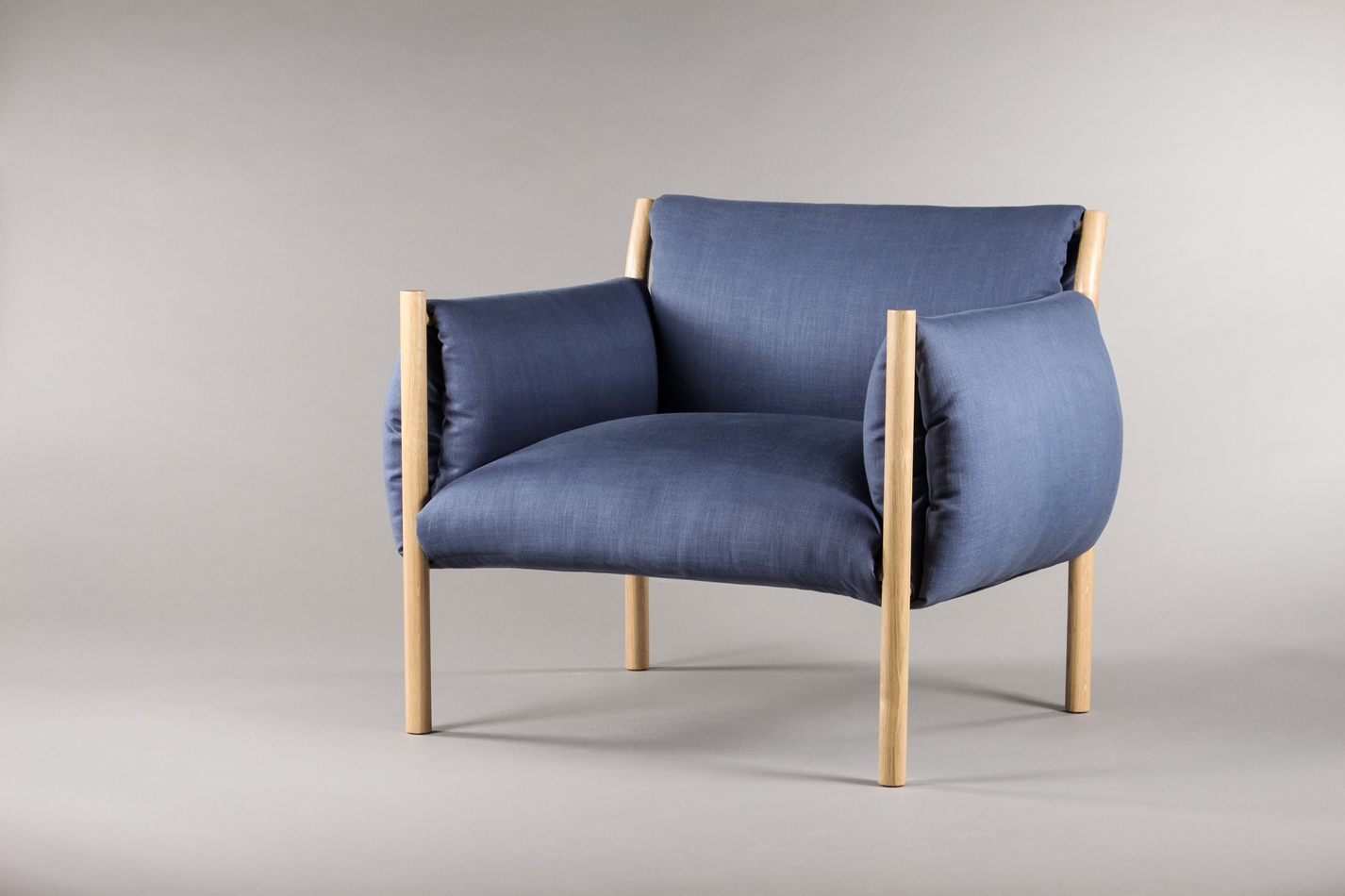
Loop Chair, design: Wojciech Błaszczyk, Marina Lewandowska (Sedno Studio) / from designer’s archive
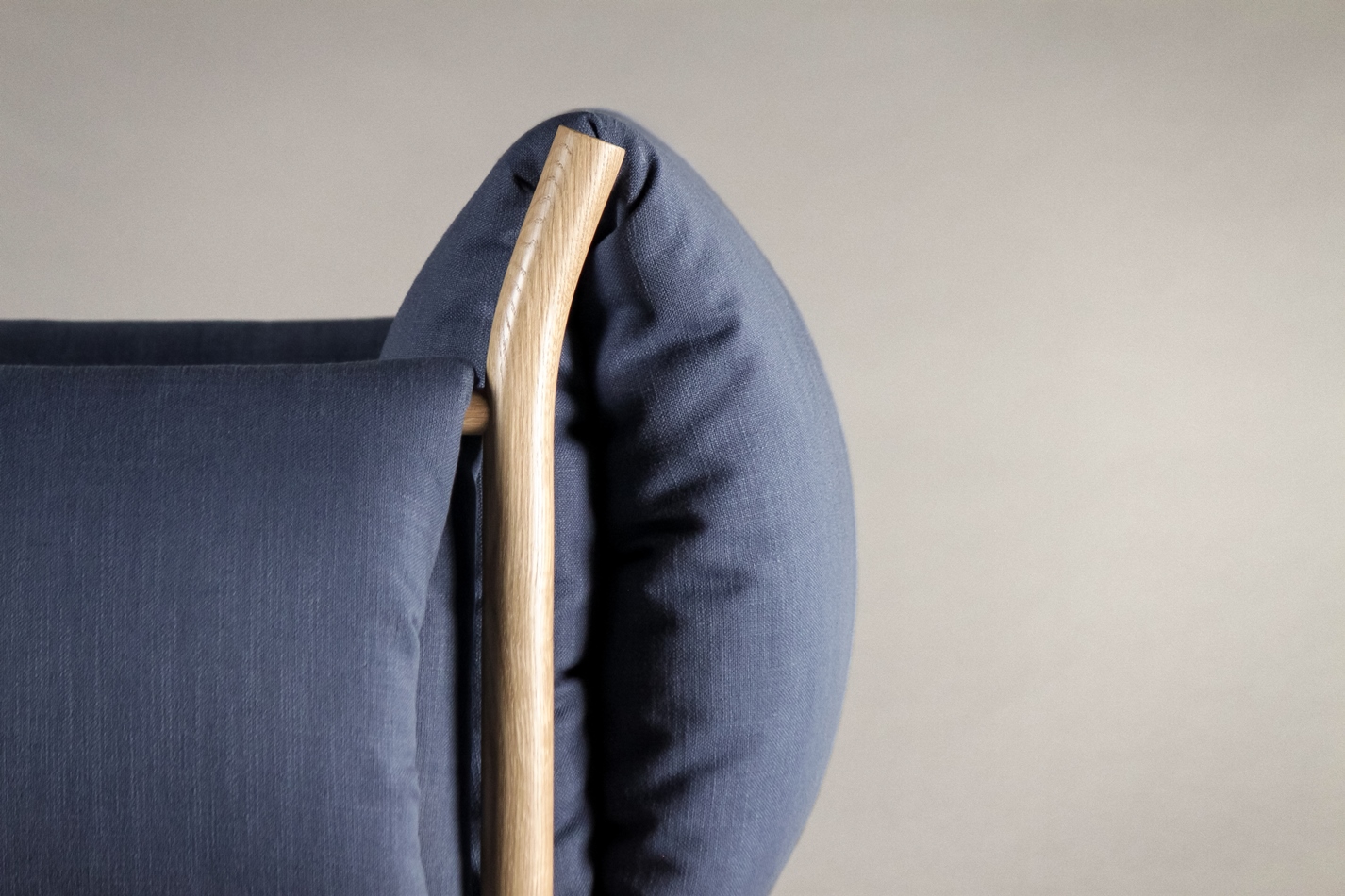
Loop Chair, design: Wojciech Błaszczyk, Marina Lewandowska (Sedno Studio) / from designer’s archive
Wojciech Błaszczyk
Marina Lewandowska
/ Sedno Studio
A graduates of the Academy of Fine Arts in Wrocław. They both also studied on the Erasmus scholarship in Portugal, Wojtek graduated in industrial design, Marina – graphics, and for several years she also studied sculpture. During the studies they had the opportunity to work together in Oskar Zięta’s studio in Wrocław. As graduates they gained new experiences and broadened their horizons in studies: Wojtek: Nichetto Studio, Venice, Claesson Koivisto Rune, Stockholm, Normann Copenhagen, Copenhagen; Marina: Studio Eduardo Aires, Porto, and WHY studio in Vienna. They draw experience from various fields, share their passion for good design and the need to implement their own ideas. Working together regardless of the location the concept of a multidisciplinary studio was created, ultimately creative collaboration and the point of contact of various visual arts – the sedno studio.
DESIGNER’S PORTFOLIO